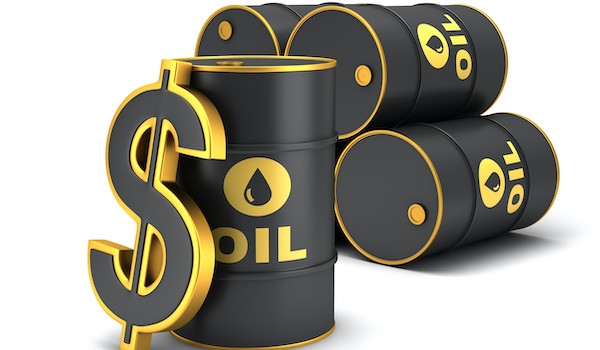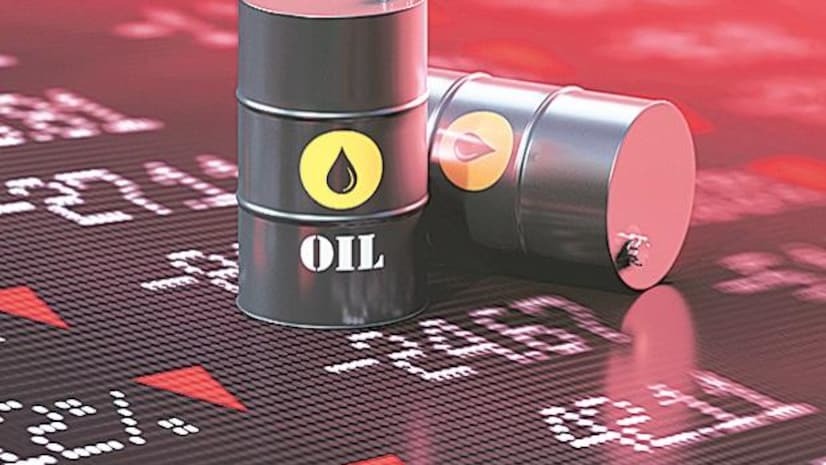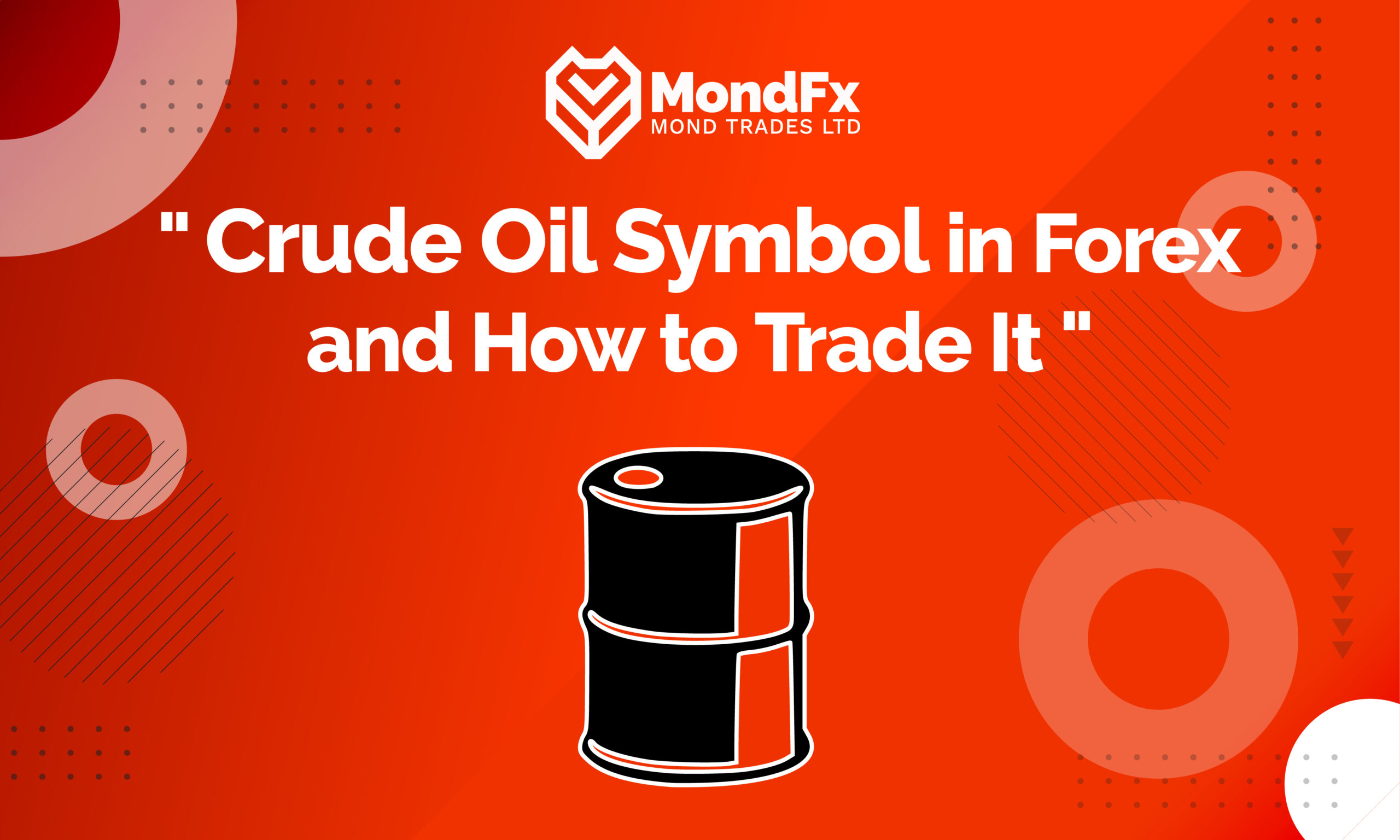The Forex market is the largest financial market in the world, where a wide range of valuable assets, including currency pairs, commodities like oil and gold, and important financial indices, are traded globally. Oil, as one of the most significant energy commodities, holds a special position in this market, with various types traded under specific symbols. This article will introduce common oil symbols in the Forex market and the associated trading strategies.
Types of Crude Oil Symbols in Forex
The Forex market hosts a wide array of oil trading symbols. However, only a limited number of these symbols are widely used by traders due to their high liquidity and importance in the global market. These symbols are available for trading through reputable brokers. The prices of these symbols continuously fluctuate due to multiple factors such as supply and demand, geopolitical events, and changes in energy policies. Typically, oil trading in the Forex market is conducted through CFD contracts, allowing traders to take positions on price increases or decreases without needing to purchase physical oil. Below, we will introduce some of the most popular oil symbols in the Forex market.

US Crude Oil
US Crude Oil is commonly recognized in financial markets by the symbols USOIL or USCRUDE. However, due to the variety of trading platforms, it may also be displayed as USO or BNO in some cases. This type of crude oil is primarily extracted from various regions of the United States and is considered one of the key price indicators for oil in this region.
West Texas Intermediate (WTI)
The common symbol for West Texas Intermediate crude oil is WTI. In some platforms, it may also appear under the symbols USOIL or USWTI. WTI is one of the most significant oil price benchmarks in global markets and is primarily extracted from areas in West Texas and other parts of the United States.
Brent Crude Oil
Brent Crude Oil is traded globally under the symbols BCO, BRN, or BRENT. This type of crude oil is primarily extracted from the North Sea regions of Norway and Russia and is recognized as a global oil price benchmark, especially in Europe and Africa. Due to its higher quality and greater demand in petrochemical industries, Brent typically commands a higher price than other crude oils. Main trading for Brent oil takes place on the International Exchange (ICE).
Oil Trading in Forex
Oil trading in the Forex market refers to the buying and selling of derivative contracts based on oil prices. Traders predict future price movements of oil to decide whether to buy or sell these contracts. This type of trading allows investors to engage in the volatile energy market without needing to own physical oil. Various financial instruments, such as futures contracts, options, and Contracts for Difference (CFDs), are available for oil trading.
Types of Oil Trading
There are two main types of oil trading in Forex:
Spot Trading: In spot trading, oil is bought and sold at the current market price. Spot contracts are typically short-term and are suitable for traders looking to make quick profits.
Futures Trading: Futures contracts are agreements to buy or sell oil at a specified future date. This type of contract allows traders to manage the risks of price volatility and plan for long-term changes in oil prices.
Reasons for Oil Price Fluctuations and Their Importance
Oil plays a central role in the global economy as a key commodity. Consequently, various factors such as supply and demand, government policies, geopolitical events, and economic fluctuations influence oil prices. These factors create significant volatility in the oil market, presenting profit opportunities for traders. Additionally, oil price fluctuations affect various industries, including transportation, manufacturing, and energy.

Supply and Demand
The concept of supply and demand in the oil market, while seemingly straightforward, is influenced by multiple and complex factors. Generally, an increase in demand for oil leads to a rise in its price, and vice versa. However, the mechanism of oil price determination, particularly in futures markets, goes beyond this simple relationship.
In oil futures markets, contracts are made in which the buyer commits to purchasing oil at a predetermined price on a specified future date. These contracts experience notable price fluctuations based on market expectations regarding future supply and demand for oil.Bottom of Form
Several factors significantly influence the supply and demand for oil. Key among these are the decisions made by the Organization of the Petroleum Exporting Countries (OPEC) regarding production levels, global economic growth rates, political developments in oil-rich regions, changes in energy technologies, and seasonal fluctuations in oil consumption.
Strong economic growth and increased industrial production typically lead to higher demand for oil. Additionally, other factors such as the expansion of transportation, population growth, and climate change also affect the level of demand. For example, during the colder months, demand for oil rises due to increased consumption for heating purposes.
Impact of Economic and Political News on Oil Trading in Forex
The oil market is one of the most volatile financial markets in the world, heavily influenced by economic and political factors. These factors can directly or indirectly affect oil supply and demand, subsequently impacting its price.
Impact of Economic News on Oil Prices
Economic news, including GDP growth rates, inflation levels, interest rates, and central bank monetary policies, has a direct influence on oil demand. High economic growth typically leads to increased energy demand, which, in turn, drives up oil prices. Conversely, rising interest rates may reduce demand for goods and services, putting downward pressure on oil prices.
Additionally, news related to other commodity markets can also impact oil prices. For example, an increase in natural gas prices may lead to a higher demand for oil as a substitute, subsequently raising oil prices.
Impact of Political News on Oil Prices
Political news is also a significant factor influencing oil prices. Political tensions in oil-rich regions, sanctions, changes in energy policies of oil-producing countries, and shifts in the oil market structure are all elements that can heavily impact oil prices.
For example, the outbreak of war or unrest in the Middle East, a key oil-producing region, can lead to a reduction in oil supply and subsequently increase its price. Additionally, decisions made by the Organization of the Petroleum Exporting Countries (OPEC) regarding production levels have a direct impact on oil prices.
Importance of News Analysis for Oil Traders
For oil traders, analyzing economic and political news is of great importance. Given that news can quickly affect oil prices, the ability to analyze and predict the impact of news on the market can help traders make better trading decisions.
However, it is essential to recognize that the oil market is influenced by multiple factors, and news analysis alone is not sufficient for accurately predicting oil prices. Utilizing other technical and fundamental analysis tools is also crucial for enhancing prediction accuracy.
Oil Trading Strategies in the Forex Market
The Forex market offers a wide range of trading strategies for investing in oil. Choosing the right strategy depends on various factors, including investment goals, risk tolerance, and knowledge of technical and fundamental analysis. Below, we will examine one of the most common strategies: day trading oil.
Day Trading Oil
Day trading oil is a method where traders aim to profit from short-term price fluctuations of oil within a single trading day. This strategy requires precise analysis of price charts, the use of technical indicators, and awareness of economic and political events that impact the oil market. Day traders identify short-term opportunities and accurately determine entry and exit points to capitalize on market volatility. This strategy is appealing for traders seeking quick profits and an active engagement in the market due to its dynamic and exciting nature.

News Trading Strategy
The news trading strategy involves traders identifying investment opportunities in the Forex oil market by analyzing impactful news and events. Economic, political news, and changes in oil supply and demand are significant factors that can considerably influence oil prices. Traders make buy or sell decisions based on their predictions of oil price movements following news releases. For example, the announcement of increased oil demand may lead to a rise in prices, prompting traders to buy oil.
Trend Trading Strategy
The trend trading strategy is based on identifying and following price trends in the oil market to find investment opportunities. In this strategy, traders use technical analysis tools, such as price charts and indicators, to determine the price direction and trade accordingly. For instance, if the oil price chart indicates a consistent upward trend, traders may decide to buy oil.
Final Words
In conclusion, oil trading in the Forex market encompasses a wide range of tools and trading strategies. Familiarity with various crude oil symbols, CFDs, and a deep understanding of Forex market concepts are essential prerequisites for success in this dynamic market. The choice of an appropriate trading strategy depends on each trader’s investment goals and risk tolerance.
Day Trading Oil
Day trading is a method where traders seek to profit from short-term price fluctuations of oil within a single trading day. This strategy requires precise analysis of price charts, the use of technical indicators, and awareness of economic and political events that affect the oil market. Day traders strive to capitalize on market volatility by identifying short-term opportunities and accurately determining entry and exit points. This strategy is appealing due to its dynamic nature and excitement, making it attractive for traders seeking quick profits and active engagement in the market.
News Trading Strategy
The news trading strategy is a method in the Forex oil market where traders identify investment opportunities by analyzing impactful news and events. Economic and political news, as well as changes in oil supply and demand, are significant factors that can substantially influence oil prices. Traders make buy or sell decisions based on their predictions of the direction oil prices will move after news releases. For instance, the announcement of increased oil demand may lead to a rise in prices, prompting traders to buy oil.
Trend Trading Strategy
The trend trading strategy is a method where traders identify and follow price trends in the oil market to find investment opportunities. In this strategy, traders use technical analysis tools, such as price charts and indicators, to determine the direction of price movement and make trades accordingly. For example, if the oil price chart indicates a consistent upward trend, traders may decide to buy oil.
Before entering the Forex oil market, it is advisable for traders to enhance their knowledge in technical and fundamental analysis, risk management, and market psychology by studying reputable sources and participating in training courses. Additionally, continuously monitoring impactful news and events in the energy market is considered a key factor for success in this arena.
Ultimately, oil trading can present profitable opportunities, but it also comes with risks. Therefore, having sufficient knowledge, experience, and appropriate risk management is essential for success in this market.
Frequently Asked Questions
Why does the price of oil fluctuate significantly?
The price of oil is influenced by several factors, including:
- Supply and Demand: Changes in oil production and consumption can impact prices.
- Geopolitical Events: Political tensions, wars, and sanctions can affect oil supply and consequently its price.
- Government Policies: Decisions made by governments regarding production, storage, and oil exports can influence prices.
- Economic Factors: Global economic growth, inflation, interest rates, and other economic indicators can also impact oil prices.
How Can One Profit from Oil Price Fluctuations?
To profit from oil price fluctuations, you can use various methods, including:
- Short-Term Trading (Scalping): In this approach, traders attempt to profit from short-term price movements.
- Medium-Term Trading (Swing Trading): Traders aim to take advantage of market trends over a medium time frame.
- Long-Term Investing: This method involves looking at the market with a long-term perspective and trying to benefit from long-term trends.
What Factors Should Be Considered When Trading Oil?
- Technical Analysis: Utilizing charts, indicators, and price patterns to predict future price movements.
- Fundamental Analysis: Examining economic and political news and events that affect oil prices.
- Risk Management: Implementing stop-loss and take-profit orders to limit losses and secure profits.
- Market Psychology: Controlling emotions and managing stress while trading.
Is Oil Trading High-Risk?
Yes, oil trading carries a high level of risk due to significant price volatility. Before starting to trade, it is essential to acquire sufficient knowledge about the oil market and the tools for technical and fundamental analysis, as well as to implement proper risk management strategies.
When is the Best Time to Trade Oil?
The best time to trade oil depends on various factors, including:
- Economic News Releases: Important economic reports, such as employment data, inflation rates, and central bank decisions, can significantly impact oil prices.
- OPEC Reports: Monthly reports from OPEC regarding oil production and demand can influence oil prices.
- Geopolitical Events: Significant geopolitical events can lead to sharp price fluctuations in the oil market.

